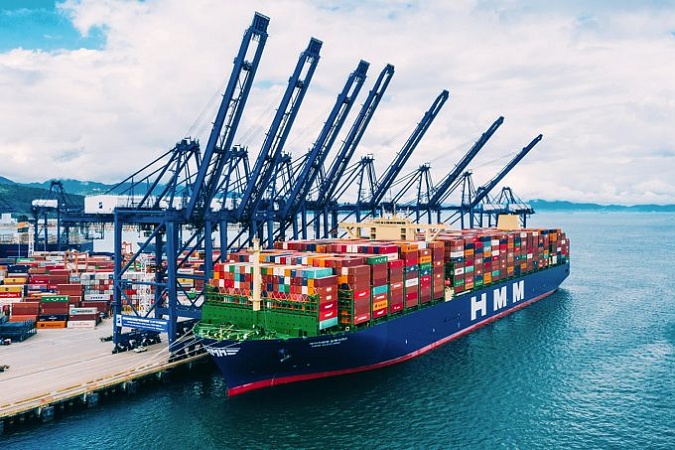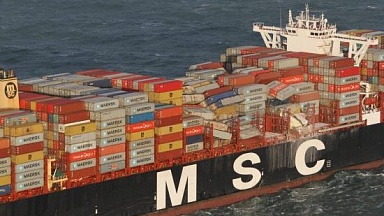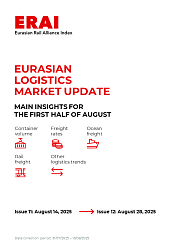But for now carriers appear to be holding fire on announcing further blanked voyages, presumably until they see whether the current — some would say «artificial» — surge in demand can be sustained.
On Wednesday, Rotterdam’s World Gateway terminal will welcome the newly-crowned world’s biggest containership, the 23,964 teu HMM Algeciras, fully-laden, from Asia on its maiden voyage.
And the 23,820 teu HMM Oslo, the second in a series of 12 ULCVs ordered by the South Korean carrier, is scheduled to arrive in North Europe towards the end of June, on THE Alliance’s merged FE2/FE4 loop.
The HMM Oslo is also expected to be fully loaded from Asia, as the aggressive blanking programmes of carriers, cancelling 37, or 28%, of the scheduled 130 sailings in May, has led to what shippers have described as a «nightmare» capacity crunch.
But according to eeSea data, carriers have so far announced only 21 blanked sailings out of the 122 advertised for June, and in July just three out of 126 sailings, suggesting a more optimistic outlook by the shipping lines.
However, Alan Murphy, chief executive of analyst Sea-Intelligence, warned today that shippers could still see a sharp increase in the number of banked sailings in the third quarter.
«With the third-quarter peak season approaching, we are anticipating a large number of blank sailings from July onwards. We advise market participants to prepare for cancellations of services that have already seen substantial cancellations.
«On the transpacific, we expect THE Alliance’s EC3 and PS5 and the 2M’s TP8/Orient to be heavily blanked, while on Asia-Europe, we expect it to be 2M’s AE2/Swan and AE20/Dragon and THE Alliance’s FE4,» Mr Murphy said.
The judicious blanking programmes of the carriers has certainly supported short-term rates, with the Shanghai Containerized Freight Index (SCFI) component for North Europe on Friday recording a spot rate of $863 per teu, 10% higher than the same week of last year.
And this confidence has spilled over to long-term contract rates, with Oslo-based freight rate benchmarking firm Xeneta reporting contract rates in May had «held comparatively steady».
Indeed, the achievement is much greater because Europe is still painfully coming through a pandemic with the ‘new normal’ for consumers far from certain.
«Given the debilitating effects of the pandemic on global economic activity, there may have been a belief that rates would freefall, but not so,» said Xeneta chief executive Patrik Berglund.
Forwarders The Loadstar has spoken to have mixed views on the sustainability of the demand surge, some reporting demand starting to return to normal.
However, the general consensus is that it is the vast shipments of anti-virus PPE and orders that could not be cancelled before retail lockdowns that are filling the ships currently departing Asia.
«We’re fighting for space daily with shipping lines,» a UK forwarder told The Loadstar today.
But another source said he could see demand «falling off a cliff» in a few weeks’ time.
«New orders will not be placed anytime soon as the reopened department stores need to try to gauge the appetite of financially stressed consumers to spend on non-essential and luxury goods,» he said.
«Plus they have a massive backlog of stock that they will need to try to shift in summer sales to get the cash tills ringing again,» he added. «And don’t forget that some of these retailers will not come through this at all.»
One liner source told The Loadstar of being «surprised, but very pleased» about the unexpected demand spike, but the view being taken internally on the outlook was «wait and see», although «cautiously optimistic».




